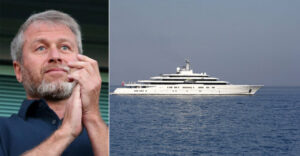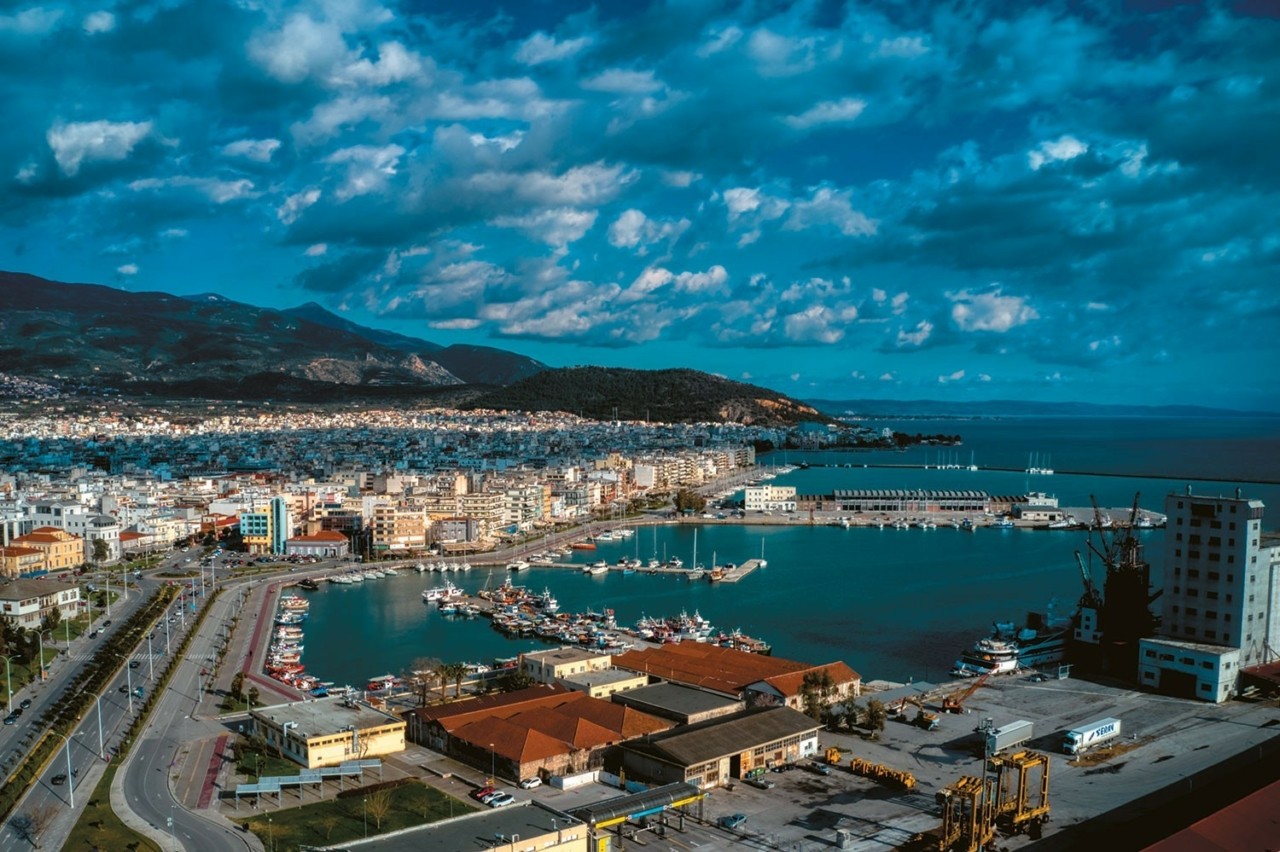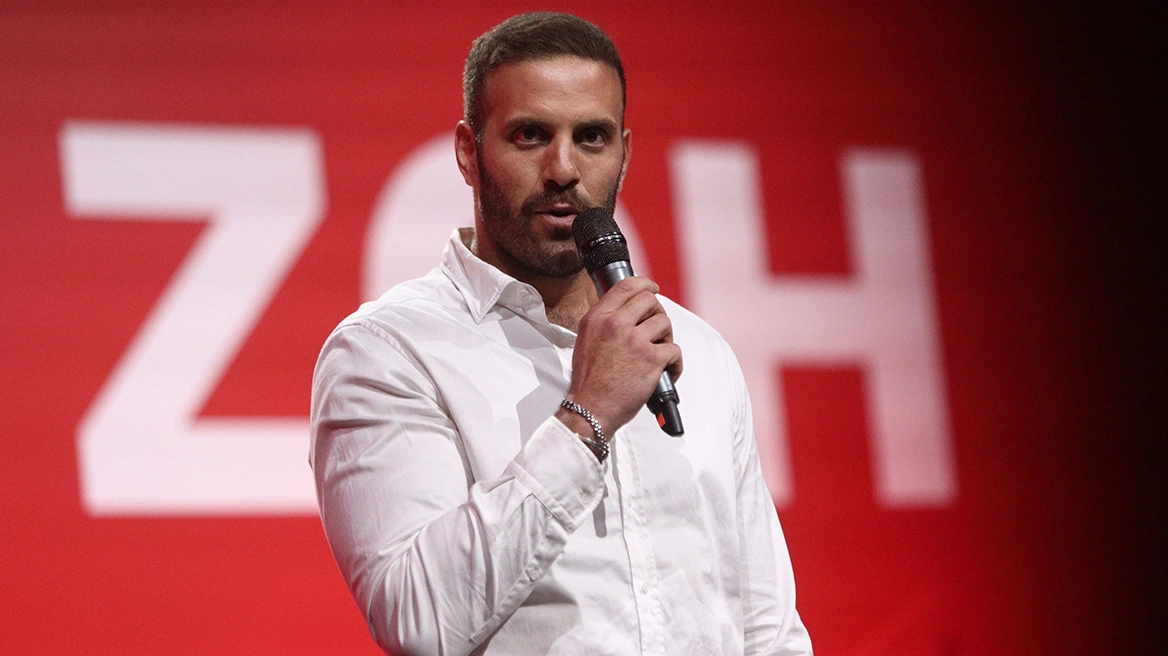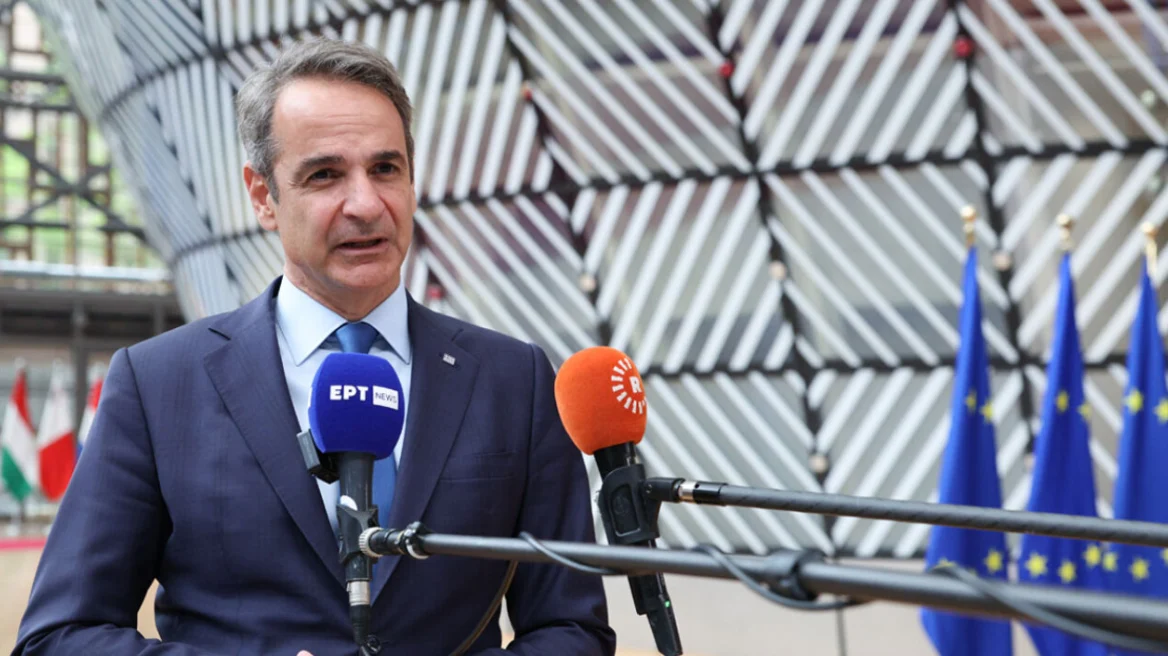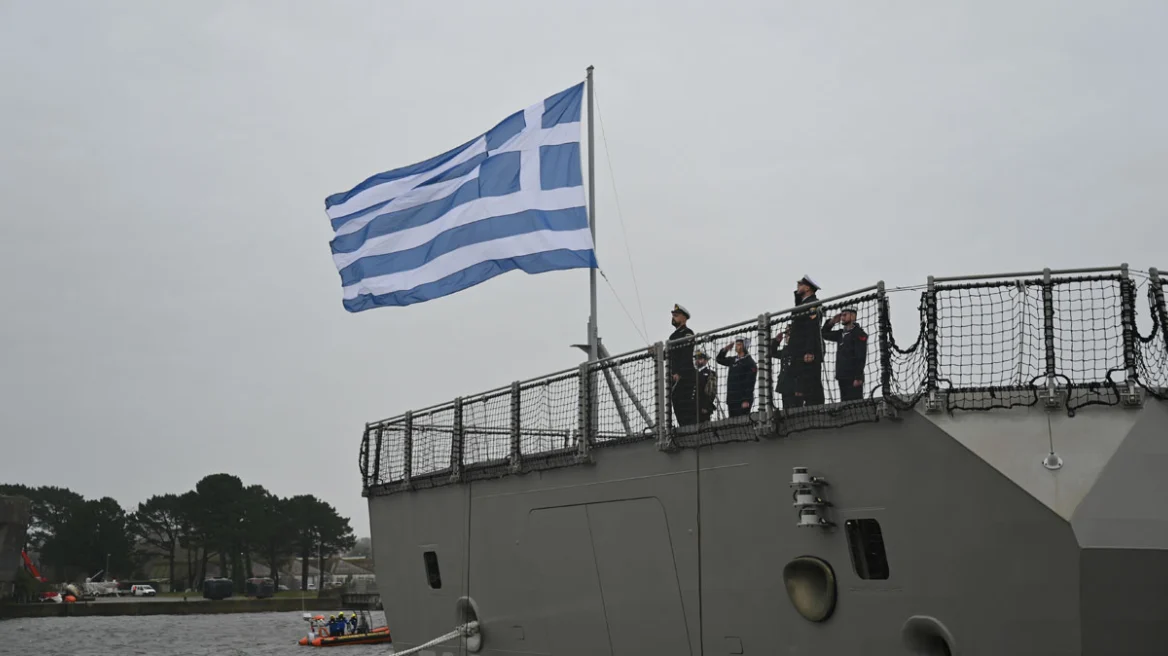Roman Abramovich Roman Abramovich, one of the richest men in the world and a well-known Russian oligarch, became famous not only for his vast fortune but also for his fleet of impressive super yachts.
In 2011, for example, his 162-meter-long yacht Eclipse was the world’s largest and one of the most impressive. That year, Abramovich had anchored it in the sparkling waters of St. Barts in the Caribbean, where billionaires celebrate New Year’s Eve.
With an insurance cost of €390 million, the yacht was equipped with two helipads, swimming pools, a private cinema and entertainment areas, offering guests the ultimate in luxury. That night, the party included a private concert by the Red Hot Chili Peppers, for which $1 million was paid.
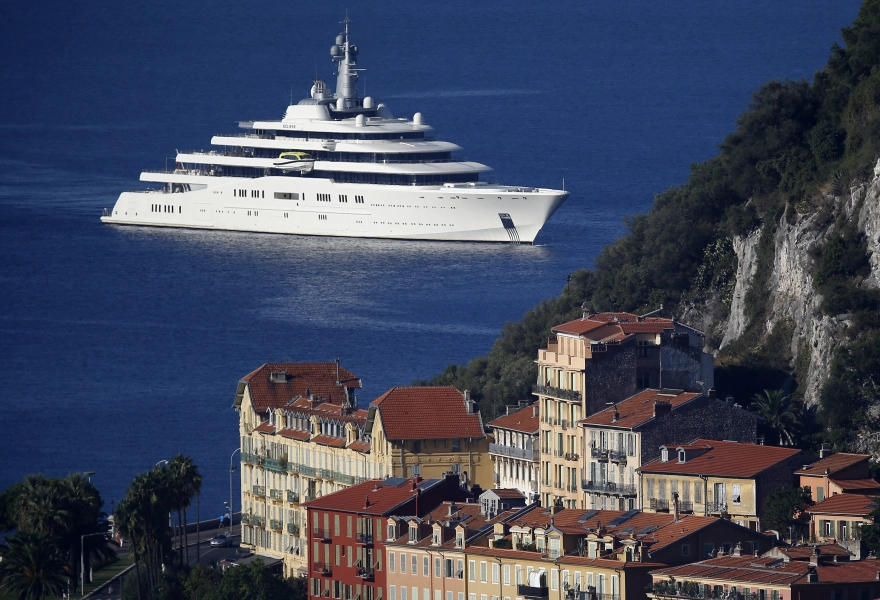
But the revelations surrounding his use of these luxury yachts bring to light a complex and controversial tax avoidance scheme that appears to have helped him save millions of dollars in taxes many of which would have been due in Cyprus. This follows a major investigation by the Guardian, BBC, Bureau of Investigative Journalism, Der Spiegel, and ZDF which reveals how a system of offshoring for its companies to avoid taxes that could amount to tens of millions of dollars. Experts who studied the case said, as reported by the Guardian, that these arrangements could amount to deliberate tax evasion.
The details came to light thanks to documents contained in Cyprus Confidential, the largest leak of information from the Mediterranean island’s offshore financial industry. The records show how offshore companies were used to create a fiction: that five of Abramovich’s superyachts were rented out to clients for commercial purposes.
This allowed the yacht operating companies to avoid paying VAT on a long list of expenses. For example, the cost of refueling the Eclipse could be as high as $2 million per fill, with the corresponding VAT at $400,000. From 2005 to 2012, Blue Ocean recorded fuel costs of $15 million, saving millions just from those taxes, according to leaked documents and correspondence obtained by OCCRP.
The lawyers’ response
Abramovich’s lawyers denied any violation of the law, claiming that their client had always followed the professional advice of his tax advisers. They also said he had no personal knowledge or responsibility for implementing the plan.
However, experts argue that such schemes can be seen as deliberate tax avoidance or even tax evasion if it can be shown that there was no genuine commercial activity. Records reveal that the scheme was known to Abramovich’s advisers, who described it as a “high-risk structure.”
The yacht system
As the Guardian reports, in April 2005, Abramovich was riding the wave of success. Chelsea was on their way to their first Premier League title, delivered on a plate by the incredible wealth of their new owner who was spending freely. Moreover, he was on the verge of a landmark deal, the sale of his remaining stake in oil and gas company Sibneft, a $13 billion stake to its state-backed rival Gazprom.
Now, as the oligarch neared glory, his advisers were hard at work. Their focus was on Blue Ocean Yacht Management, a Cyprus-based company set up in 2002 to manage Abramovich’s fleet of luxury yachts. However, their concern was taxation.
Private yachts, such as luxury yachts, are subject to VAT on the goods and services they purchase. Sales tax is levied at about 20% in all European countries where Abramovich likes to drop anchor, such as France, Italy, and Greece.
Watch the video, Abramovich on Eclipse on his way through Monaco in the past 10 years:
The annual cost of running a superyacht is typically 10% of the purchase price, adding millions a year for crew, deck, engineering, fuel, maintenance, and port expenses – with a hefty VAT bill to match. This liability, according to a leaked memo, was to be avoided.
The memo was drafted in June 2005 by Jonathan Holloway, a yacht management expert who had joined Blue Ocean as a director in Marchof that year.
“We want to avoid paying VAT on the purchase price of yachts and, where possible, avoid paying VAT on goods and services supplied to yachts,” it said. The solution was a structure that was both helical and clever.
Between 1999 and 2010, according to the documents, Abramovich’s superyachts were each owned by separate companies, all registered in the British Virgin Islands (BVI) and themselves owned by a Cyprus-based trust, to which Abramovich was the beneficiary.
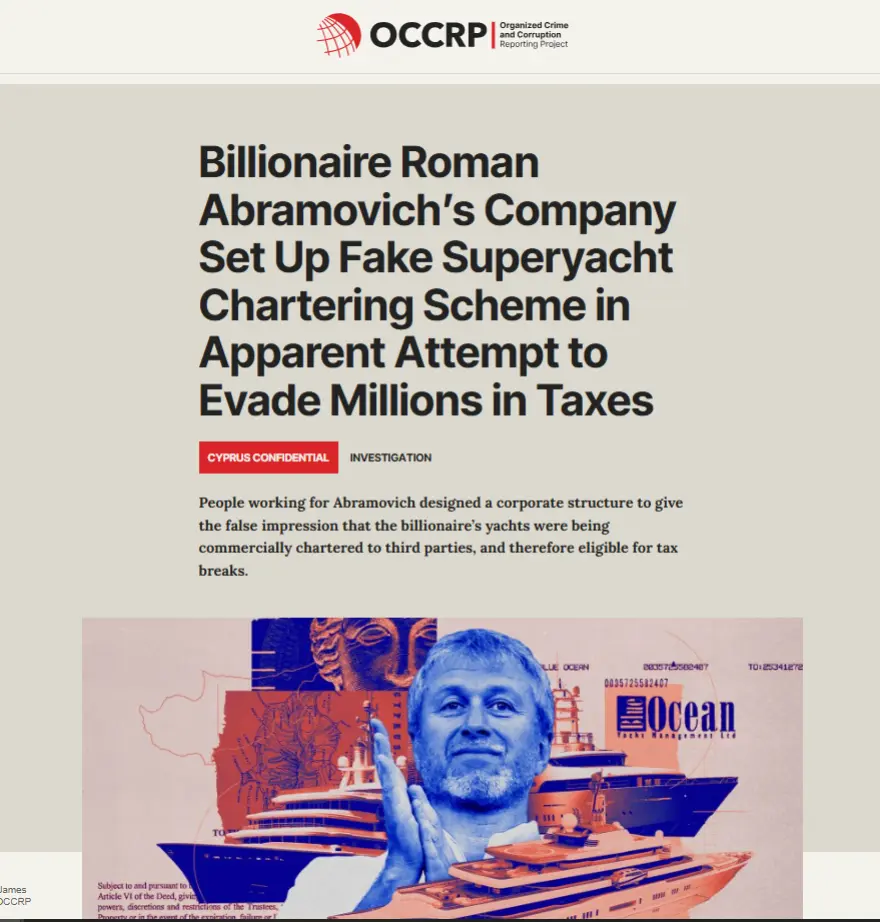
Under the VAT scheme, which lasted from 2005 to at least 2012, the companies that owned their boats would lease them out for millions of dollars a year to Blue Ocean Yacht Management, which was also eventually owned by Abramovich.
Blue Ocean recouped its costs by in turn leasing the yachts for one-week “cruises,” generating revenue to cover maintenance, repairs, crew, and fuel.
Similar schemes are not uncommon among superyacht owners and tax can be legally avoided if there is genuine commercial activity.
The consultants listed the Abramovich fleet as “passenger vessels” but did not rent them to tourists for pleasure cruises. The records show that Blue Ocean’s only customers were a handful of BVI companies, all owned by Abramovich himself. The oligarch rented his boats.
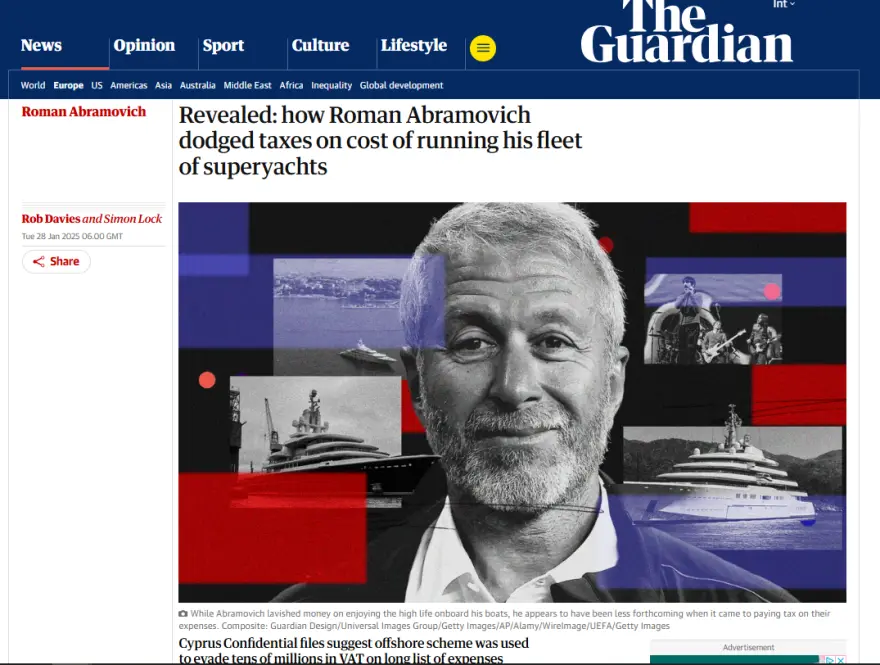
“We have to keep our eyes open”
The main danger of such a scheme – that it would fall prey to the tax authorities – was highlighted by Holloway in his 2005 memo, which he attached to a small group of senior executives in Abramovich’s team. At least one adviser appears to have read the warning because he later participated in email discussions about the tax implications of claiming commercial yachting status.
“Our structure needs to separate the different parts as clearly as possible so that an investigator auditing our business will see it as a legitimate structure,” he wrote, according to the Guardian. Holloway advised that the companies in the scheme should have different shareholders, directors, and addresses, warning that “a common link could be the first clue that one would need to dig deeper.”
Ask me anything
Explore related questions
